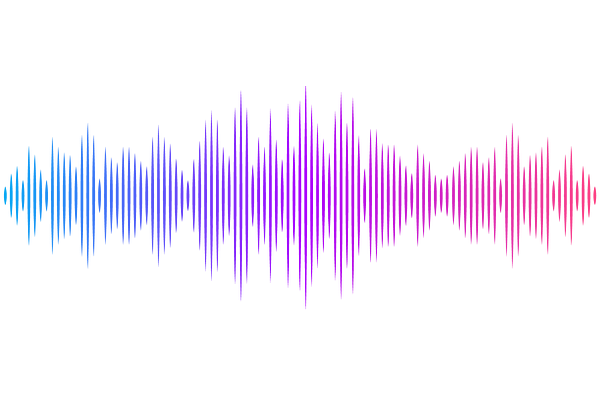DiDBiT-TMT: A novel method to quantify changes in the proteomic landscape induced by neural plasticity

DiDBiT-TMT: A novel method to quantify changes in the proteomic landscape induced by neural plasticity
Gamaleldin, M.; Yu, N.-K.; Diedrich, J.; Ma, Y.; Wienand, A.; McClatchy, D.; Nykjaer, A.; Nabavi, S.; Yates, J. R.
AbstractDirect detection of biotinylated proteins (DiDBiT) is a proteomic method that can enrich and detect newly synthesized proteins (NSPs) labelled with biorthogonal amino acids with 20-fold improved detectability compared to conventional methods. However, DiDBiT has currently only been used to compare two conditions per experiment. Here, we present DiDBiT-TMT, a method that can be used to quantify NSPs across many conditions and replicates in the same experiment by combining isobaric tandem mass tagging (TMT) with DiDBiT. We applied DiDBiT-TMT to brain slices to determine changes in the de-novo proteome that occur after inducing chemical long-term potentiation (cLTP) or treatment with the neuromodulator norepinephrine. We successfully demonstrated DiDBiT-TMT\'s capacity to quantitatively compare up to 9 samples in parallel. We showed a 98.7% overlap between the NSPs differentially expressed in cLTP-treated and Norepinephrine-treated organotypic brain slices , which has not been previously observed with conventional proteomic methods.